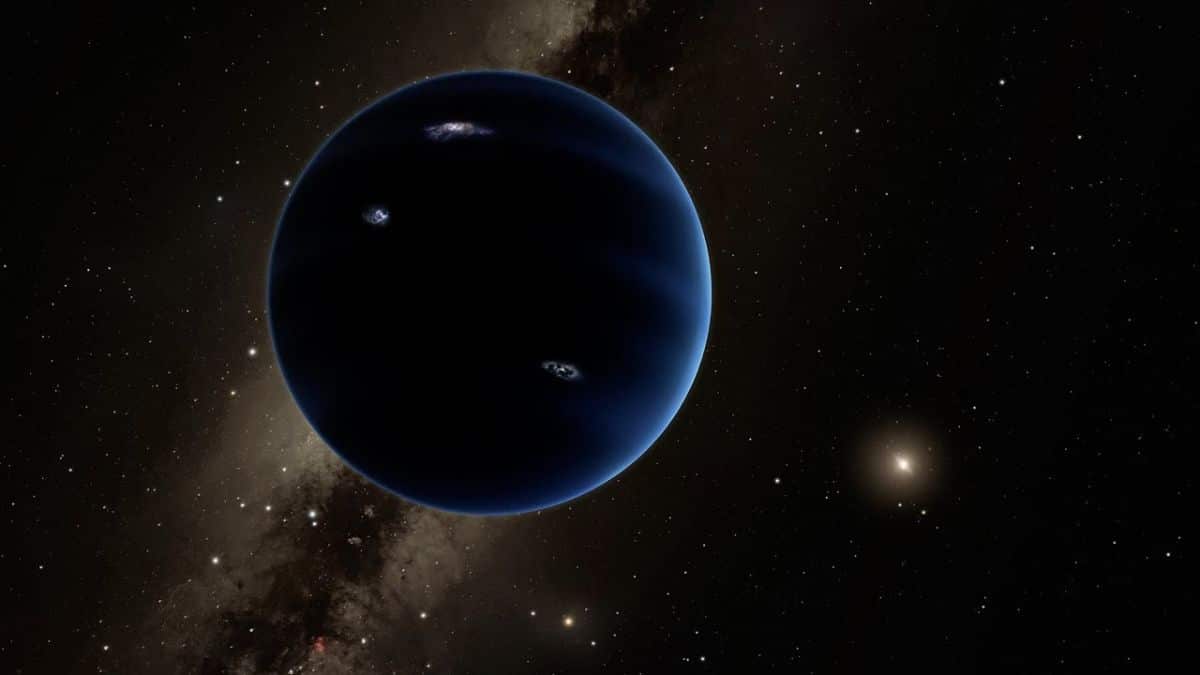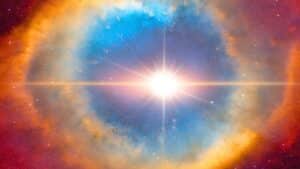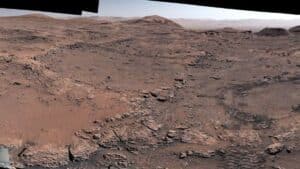The cosmos continues to fascinate astronomers with its endless mysteries. Among these enigmas, the potential existence of an undiscovered ice giant lurking at the fringes of our Solar System has captured scientific imagination. Recent astronomical simulations suggest this elusive planet may indeed exist, reviving a search that connects modern astronomy with historical precedents.
The mystery of Planet 9: following in Le Verrier’s footsteps
The quest for undiscovered planets has a rich history in astronomy. In 1859, French mathematician Urbain Le Verrier predicted the existence of a planet called Vulcan based on Mercury’s orbital anomalies. While Vulcan proved nonexistent, Le Verrier’s earlier success in predicting Neptune’s position using mathematical calculations established a powerful precedent for planetary discovery through gravitational effects.
Modern astronomers Mike Brown and Konstantin Batygin proposed in 2016 that the unusual orbital characteristics of trans-Neptunian objects could be explained by a massive planet orbiting far beyond Neptune. This hypothetical “Planet 9” would be approximately 4-5 times Earth’s mass with an extremely eccentric orbit, potentially located around 300 astronomical units from our Sun.
The detection challenges are substantial. Planet 9 would take roughly 5,000 years to complete a single orbit and would reflect very little sunlight at such distances, making it nearly impossible to observe with current technological capabilities. However, its gravitational influence on other objects remains the most compelling evidence for its existence.
In 2019, Iceland Approved the 4-Day Workweek: Nearly 6 Years Later, All Forecasts by Generation Z Have Come True
At 94, He’s One of Apple’s Biggest Shareholders, and Doctors Can’t Explain How He’s Still Alive-Coca-Cola and McDonald’s Are Part of His Daily Routine
Breakthrough technology and simulation insights
The Vera Rubin Observatory in northern Chile represents a watershed moment for Solar System exploration. Set to achieve “first light” later in 2025, this revolutionary facility will continuously monitor vast portions of the sky daily, potentially revolutionizing our ability to detect slow-moving celestial objects like Planet 9.
Recent simulations provide compelling evidence for Planet 9’s formation. Sean Raymond’s research suggests that early Solar System dynamics within stellar birth clusters could explain how such a planet formed and maintained a stable distant orbit. According to these models, there’s a 5-10% probability that an ice giant similar to Uranus or Neptune could have been captured in an orbit matching Planet 9’s predicted parameters.
The formation theories for Planet 9 include several possibilities:
- An ejected planetary embryo originally formed near Saturn
- A captured rogue planet from another stellar system
- A core that formed in place at the Solar System’s edge
- A planet pushed outward during early system migration events
It races through the universe at 300,000 km/s - and never runs out of energy
Beneath your feet: an ancient forgotten continent resurfaces in Europe
Solar System formation and stellar clusters
Understanding Planet 9 requires revisiting how our Solar System formed 4.5 billion years ago. The Sun likely originated within a dense stellar nursery where gravitational interactions between nearby stars were common and significant. These close encounters could have dramatically affected planetary systems in formation.
The current model suggests that icy planetary embryos initially formed beyond Saturn’s orbit. As these bodies migrated inward, they encountered the massive gravitational fields of Jupiter and Saturn. This interaction launched some embryos into highly eccentric orbits reaching the outer Solar System. While most were ejected entirely, calculations indicate one could have settled into a stable distant orbit—potentially becoming Planet 9.
| Characteristic | Planet 9 (Predicted) | Neptune |
|---|---|---|
| Mass | 4-5 Earth masses | 17 Earth masses |
| Distance from Sun | ~300 AU | 30 AU |
| Orbital period | ~5,000 years | 165 years |
The orbital dynamics of the most distant Kuiper Belt objects show peculiar alignments that cannot be easily explained by random chance. These clustering patterns provide indirect but compelling evidence for Planet 9’s gravitational influence, much as Neptune was initially detected through its effects on Uranus’s orbit.
As astronomers await data from the Vera Rubin Observatory, the cosmic mystery deepens. The discovery of Planet 9 would not only transform our understanding of the Solar System’s architecture but also connect modern astronomy with its historical roots in gravitational prediction, potentially crowning new successors to Le Verrier’s legacy.







